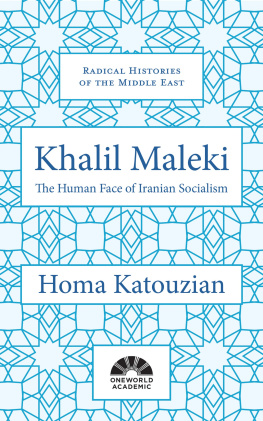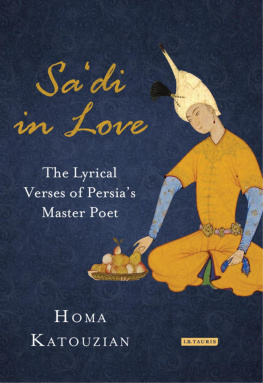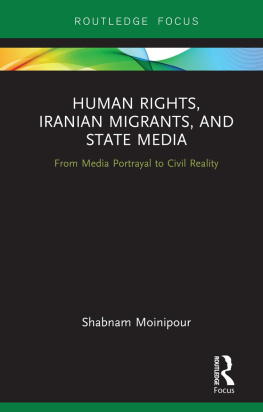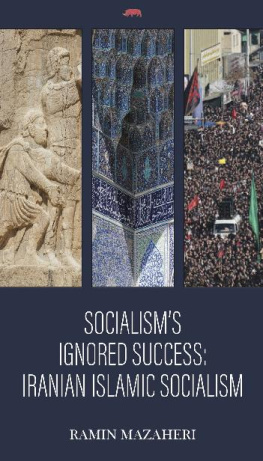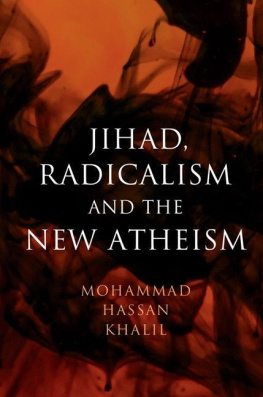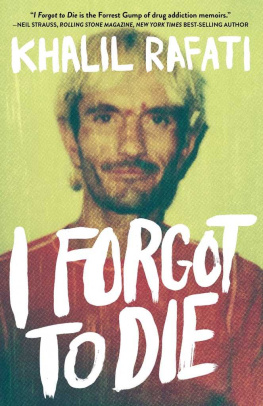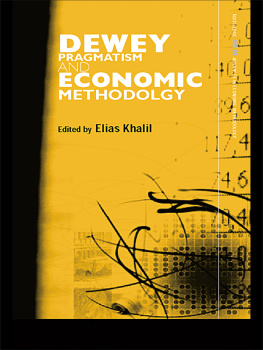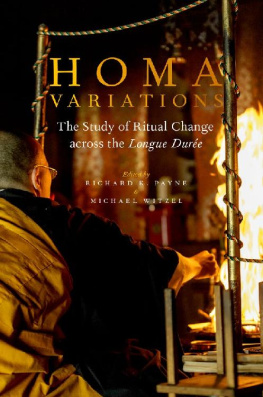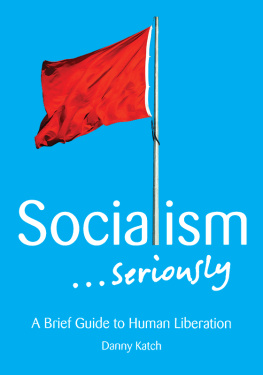Khalil Maleki
RADICAL HISTORIES OF THE MIDDLE EAST
SERIES EDITORS
Dr Mezna Qato, University of Cambridge
Dr Siavush Randjbar-Daemi, University of Manchester
Dr Eskandar Sadeghi-Boroujerdi, University of Oxford
Dr Omar AlShehabi, Gulf University of Science and Technology
Dr Abdel Razzaq Takriti, University of Houston
For current information and details of other books in the series, please visit oneworld-publications.com/radical-histories
The Age of Khalil Maleki
Khalil Maleki was born in 1901, a few years before the Constitutional Revolution of 1906, and died in 1969, six years after the shahs White Revolution of 1963; he would have been seventy-six in 1977 when the protest movement which led to the revolution of February 1979 began. Thus, in much of this long and eventful period, Maleki played a significant role in politics and society, as an intellectual, a political thinker, activist and organiser, and a communist-turned-socialist, believing in freedom, democracy and social justice, and pursuing these goals through peaceful means. And since he split with the Tudeh party in 1948 he almost constantly faced a barrage of abuse, libel and invective from that party, and later from other revolutionaries as well. He was thus a unique figure caught in a generally intolerant age, now jailed by rulers and now castigated by much of the opposition. It is only in recent times that his ideas and approaches are making inroads in the political attitude and praxis of some, especially younger, Iranians both men and women. He was not generally known even in Iran from the late 1960s until the twenty-first century, the great age of revolutionary idealism and revolution.
The Constitutional Revolution of 1906 was first and foremost fought for the establishment of government by law as opposed to arbitrary rule, although various secondary programmes, notably modernisation, were also floated through the movement. And it was supported by virtually all the urban social classes (the peasantry being still apolitical): merchants, small traders, artisans, intellectuals, clerics, Qajar princes and notables, tribal leaders, etc. And although in many ways it was very different from the revolution of February 1979, the resemblance to the consensus of all social classes to remove the shah (and thus overthrow arbitrary rule) is uncanny.
Once Mohammad Ali Shah was deposed and exiled, however, conflict, chaos and anarchy began to replace his rule, quite like the aftermath of the fall of every arbitrary government throughout the centuries. The intervention in Iran of warring parties in the First World War simply exacerbated the situation, since before it chaotic trends had already begun both in the centre and the provinces. Come the end of the war, Iran was on its knees, even in danger of being fragmented as had happened before. Most erstwhile revolutionaries were regretting this to the extent that in 1920 a radical leader of the revolution, Seyyed Mohammad Reza Mosavat, wrote to another, Seyyed Hasan Taqizadeh, repenting what they had done to the country. A few, like the poets Mirzadeh Eshqi and Abolqasem Lahuti, were yearning for another revolution, but many if not most intellectual, nationalist and modernist elites hoped for a strong government which would stamp out the chaos and modernise the country virtually overnight. As we shall see, the young Khalil Maleki was one of them wishing for the establishment of a modern republic ().
Various factors led to the emergence of Reza Khan, but once he appeared on the scene he proved to be the saviour many educated Iranians had longed for. Even his establishment of a dictatorship went down well at first, to the extent that when he bid to become shah in 1925, he also had the support of the ulama in Najaf. He quickly brought general security and stability to the country and began a process of modernisation, in fact pseudo-modernism, since it was a case of straight copying from the West.
However, it did not take long for dictatorship to turn into the traditional arbitrary rule ( estebdad ), a modern form of a one-person regime as the shah himself described it, which increasingly began to alienate various social classes, so that when, in 1941, he had to abdicate in the wake of the Allied occupation of Iran, he had very few friends left in the country. An example of his reforms was sending state students to study at European (mainly German, French and Belgian) universities, from which at first Maleki benefited, only to be returned to Iran before he had completed his studies on the false charge of being a communist. And an example of the shahs arbitrary rule was the arrest and incarceration of a group of young men (later known as the Fifty-Three) in 1937, who included Khalil Maleki, on charges of belonging to a communist organisation, which they did not ().
Shortly after Reza Shahs abdication, the Tudeh party was formed by some members of the Fifty-Three and other democratic and anti-fascist (mainly young) people, which resembled the resistance movements in occupied Europes popular fronts. Its membership ranged from Marxists through to social democrats, democrats and liberals. It took Maleki a couple of years to join the party mainly because he did not trust certain members of the Fifty-Three, and, when he did, he began to lead the young party dissidents who were critical of many of the attitudes and policies of its leadership ().
Once again, the country was almost on its knees in many ways, except that the occupying forces stopped it from falling apart or getting entangled in revanchist and factional struggles of the kind that was experienced after the revolution of February 1979. The Tudeh party was, to say the least, the best organised and, sometime later, the most popular party in Iran in spite of its internal disagreements. It organised (though not exclusively) the trade union movement, and its press and publications spread new political values and encouraged modern cultural and literary activities. After the 1943 Soviet victory at Stalingrad, it became the strongest centre of social and intellectual activity, and Maleki was one of its most famous and most popular writers, journalists and teachers, at the same time as he was the elder member of the internal party critics ().
The partys support for the 1944 Soviet demand for the concession of north Iranian oil, which Maleki endorsed, put it in a difficult situation, but the party made the biggest stir when its members demonstrated in support of the Soviet demand under the protection of the occupying Soviet troops. However, the internal party disagreements came to a head in 1946 when the party leadership supported the Azerbaijan Democrats forceful declaration of autonomy which smacked of separatism, and forced their own local party organisation to join them as a result of Soviet pressure. Maleki led the opposition to that policy which failed abjectly, and this provided the turning point that ended in the party split of January 1948. This was under Ahmad Qavams premiership with whom against Malekis advice the Tudeh leaders had formed a short coalition government which they later regretted ().


